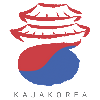Korean Lessons ᚛ Level 1 - My First Steps in Korean (Lessons 1 to 30) ᚛ Lesson 6 - Forming a syllable block in Korean
Forming a syllable block in Korean
Now that we know Hangul, the Korean alphabet, we now have to form syllables, words, then sentences in Korean. Unlike English where letters follow one another, we need to form blocks of syllables.
Block Writing
When you write in Korean, you should always try to imagine a rectangle which stays the same size in which each syllable must fit, even if you sometimes have to squeeze certain characters in.

Forming a syllable is not difficult in Korean:
- A syllable always begins with a consonant (single or double)
- Then a vowel (simple or compound) always follows the first consonant
- Lastly, a syllable will have one or two final consonants
Some examples:
- the consonant ㄱ with the vowel ㅏ will give 가
- the consonant ㄷ with the vowel ㅗ will give 도
- the consonant ㅊ with the vowel ㅓ then the consonant ㄴ will give 천
- the consonant ㄲ with the vowel ㅜ then the consonant ㅁ will give 꿈
The composition of the syllable will depend on the vowel. Indeed, as we have previously seen, there are two types of vowel: vertical vowels and horizontal vowels.
Vertical vowels
The vertical vowels are ㅏ, ㅑ, ㅓ, ㅕ, ㅣ, ㅐ, ㅒ, ㅔ et ㅖ.
A consonant + a vertical vowel

- 가 = ㄱ + ㅏ
- 네 = ㄴ + ㅔ
A consonant + a vertical vowel + a consonant
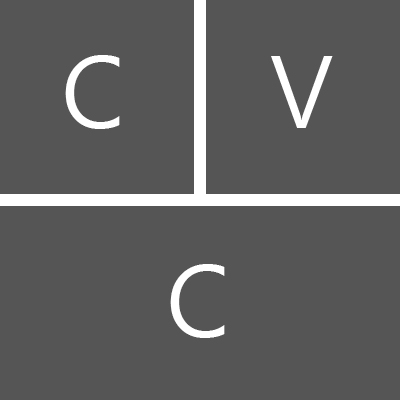
- 만 = ㅁ + ㅏ + ㄴ
- 빵 = ㅃ + ㅏ + ㅇ
A consonant + a vertical vowel + two consonants
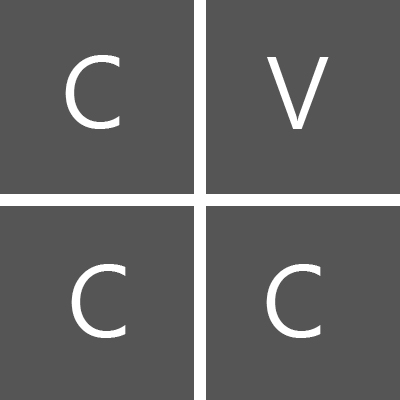
- 값 = ㄱ + ㅏ + ㅂ + ㅅ
- 닭 = ㄷ + ㅏ + ㄹ + ㄱ
Horizontal vowels
The horizontal vowels are ㅗ, ㅛ, ㅜ, ㅠ et ㅡ.
A consonant + a horizontal vowel
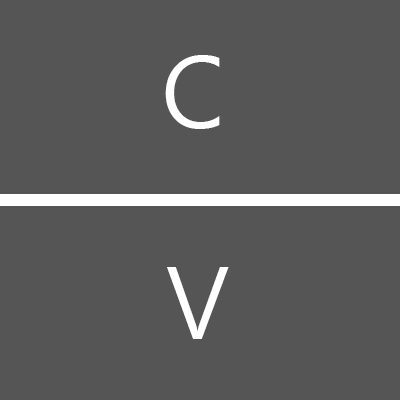
- 구 = ㄱ + ㅜ
- 또 = ㄸ + ㅗ
A consonant + a horizontal vowel + a consonant
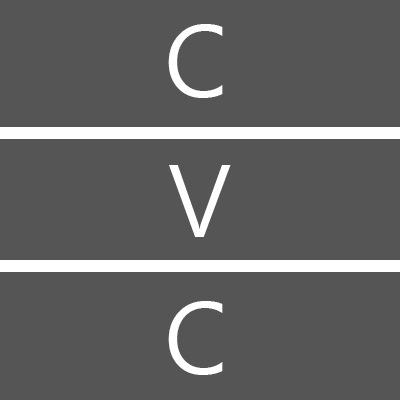
- 육 = ㅇ + ㅠ + ㄱ
- 몸 = ㅁ + ㅗ + ㅁ
A consonant + a horizontal vowel + two consonants
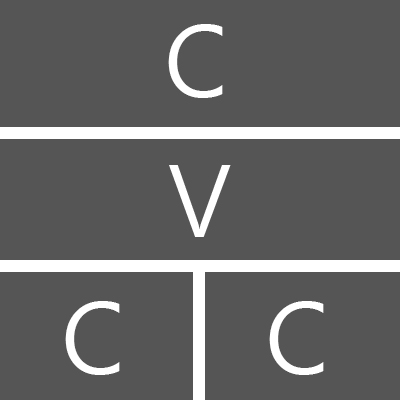
- 흙 = ㅎ + ㅡ + ㄹ + ㄱ
- 몫 = ㅁ + ㅗ + ㄱ + ㅅ
Vowels made up of a vertical vowel and a horizontal vowel
Vowels made up of a vertical vowel and a horizontal vowel are: ㅘ, ㅙ, ㅚ, ㅝ, ㅞ, ㅟ et ㅢ.
A consonant + a compound vowel
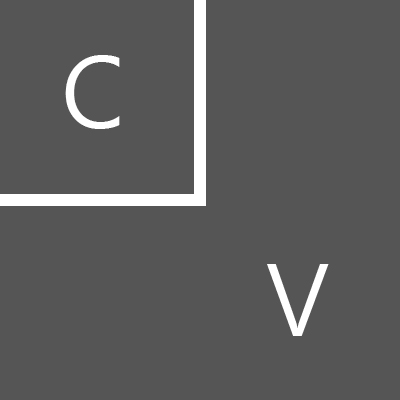
- 귀 = ㄱ + ㅟ
- 왜 = ㅇ + ㅙ
A consonant + a compound vowel + a consonant
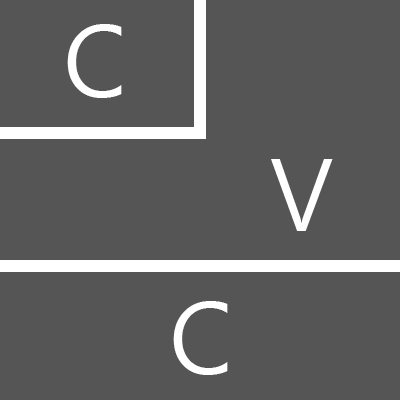
- 권 = ㄱ + ㅝ + ㄴ
- 왼 = ㅇ + ㅚ + ㄴ
Some reading
To be able to read Korean accurately and quickly, it is important to practice. I advise you to read everything you can in Korean, it doesn’t matter what, just read even without understanding the meaning of the words. This could include books, articles, song lyrics, etc…
Let's try to read 안녕하세요. We can decompose:
- 안 = ㅇ + ㅏ + ㄴ
- 녕 = ㄴ + ㅕ + ㅇ
- 하 = ㅎ + ㅏ
- 세 = ㅅ + ㅔ
- 요 = ㅇ + ㅛ
So, we can read the word 안녕하세요!
Which means "hello" in Korean.
Here are some other examples of Korean words:
한국 (= Korea)
- 한 = ㅎ + ㅏ + ㄴ
- 국 = ㄱ + ㅜ + ㄱ
사랑해. (= I love you.)
- 사 = ㅅ + ㅏ
- 랑 = ㄹ + ㅏ + ㅇ
- 해 = ㅎ + ㅐ
방탄소년단 (= full name of K-pop group BTS)
- 방 = ㅂ + ㅏ + ㅇ
- 탄 = ㅌ + ㅏ + ㄴ
- 소 = ㅅ + ㅗ
- 년 = ㄴ + ㅕ + ㄴ
- 단 = ㄷ + ㅏ + ㄴ
Exercises
Learn more
Traveling to South Korea can be an unforgettable experience. But when you don’t speak Korean, everything gets more complicated: ordering in a restaurant or café becomes stressful, you can’t understand signs or directions, asking for help in case of trouble is nearly impossible, and most importantly, you miss out on the very essence of a successful trip to Korea: connecting with the locals.
Since English - Korean machine translators can’t always be trusted (the two languages work in completely different ways), it’s essential to prepare yourself in advance to fully enjoy your trip to South Korea!
Learn more